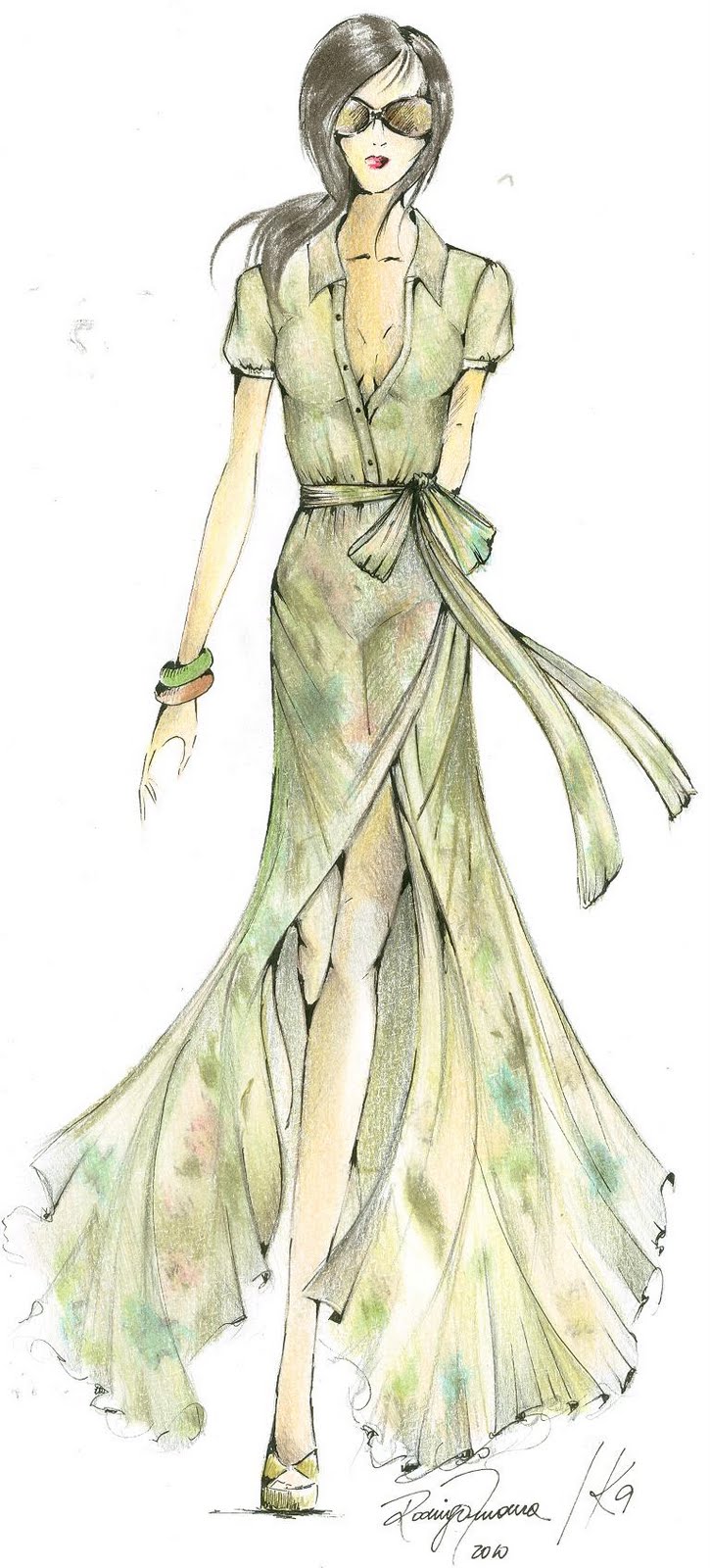
When it comes to the world of fashion, sketches play a crucial role in bringing designs to life. Fashion sketching is the art of creating visual representations of clothing and accessories, helping designers conceptualize and communicate their ideas. From the initial concept to the final product, fashion sketches serve as a blueprint for designers, pattern makers, and manufacturers. In this article, we will explore the importance of fashion sketching and how it contributes to the creative process of fashion design.
The Purpose and Benefits of Fashion Sketching
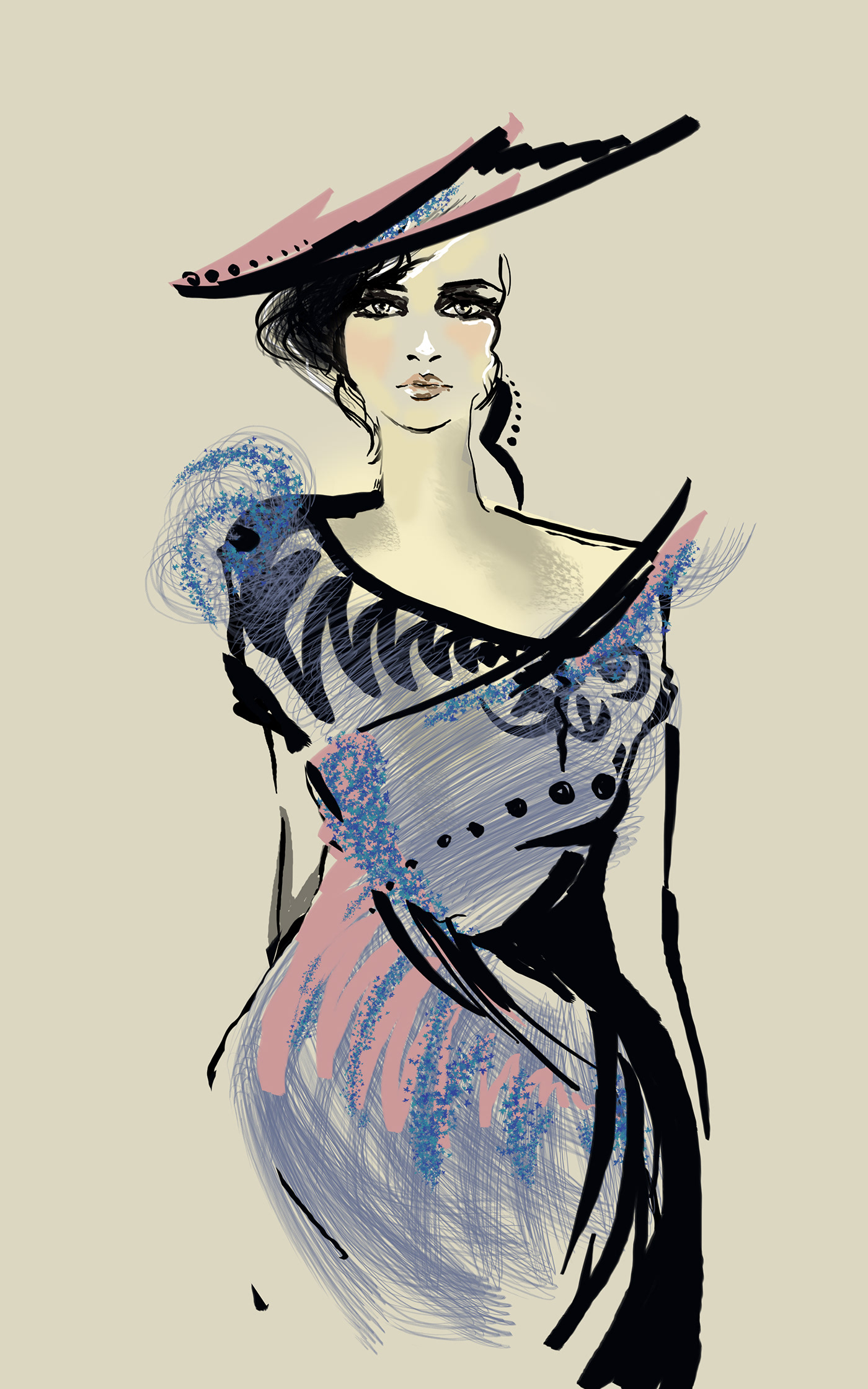
The primary purpose of fashion sketching is to visualize and communicate design ideas. By putting pencil to paper, designers can effectively convey their concepts, silhouettes, and detailing. Fashion sketches serve as a visual language that bridges the gap between imagination and execution, allowing designers to share their vision with others involved in the production process. Whether it's a simple sketch or a detailed rendering, each fashion sketch offers a unique set of benefits:
1. Idea Exploration and Development
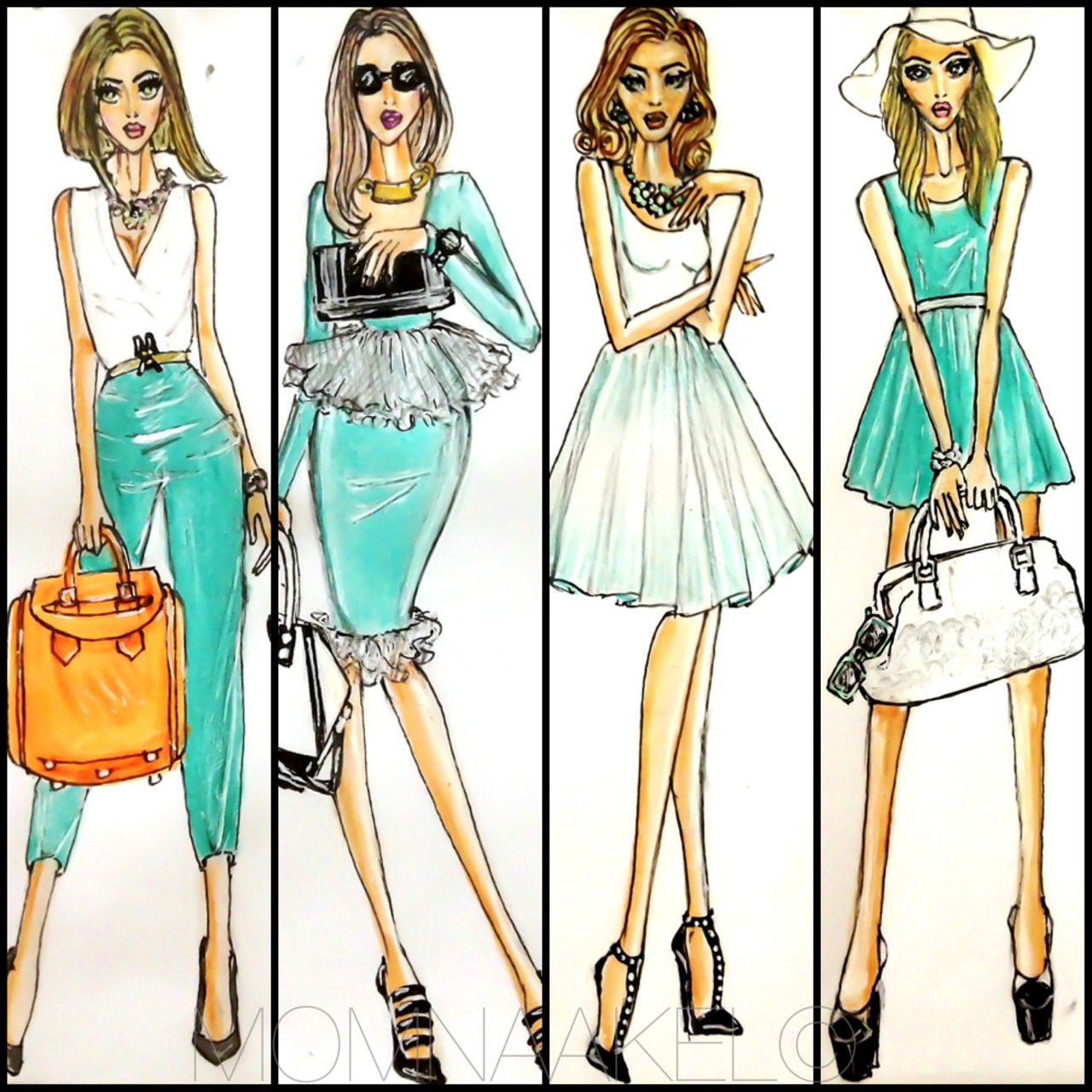
Fashion sketches serve as a platform for designers to explore and develop their ideas. Through sketching, they can experiment with different shapes, proportions, and embellishments. By visually representing their thoughts, designers can refine and iterate their designs before moving forward with the production process. This helps in saving time, effort, and resources in the long run.
2. Effective Communication

Clear communication is crucial in the fashion industry. Fashion sketches act as a common language between designers, pattern makers, and manufacturers. These sketches provide a visual reference for everyone involved, ensuring that the final product aligns with the designer's vision. It eliminates misunderstandings and facilitates smooth collaboration throughout the entire design process.
3. Client Presentations and Approval
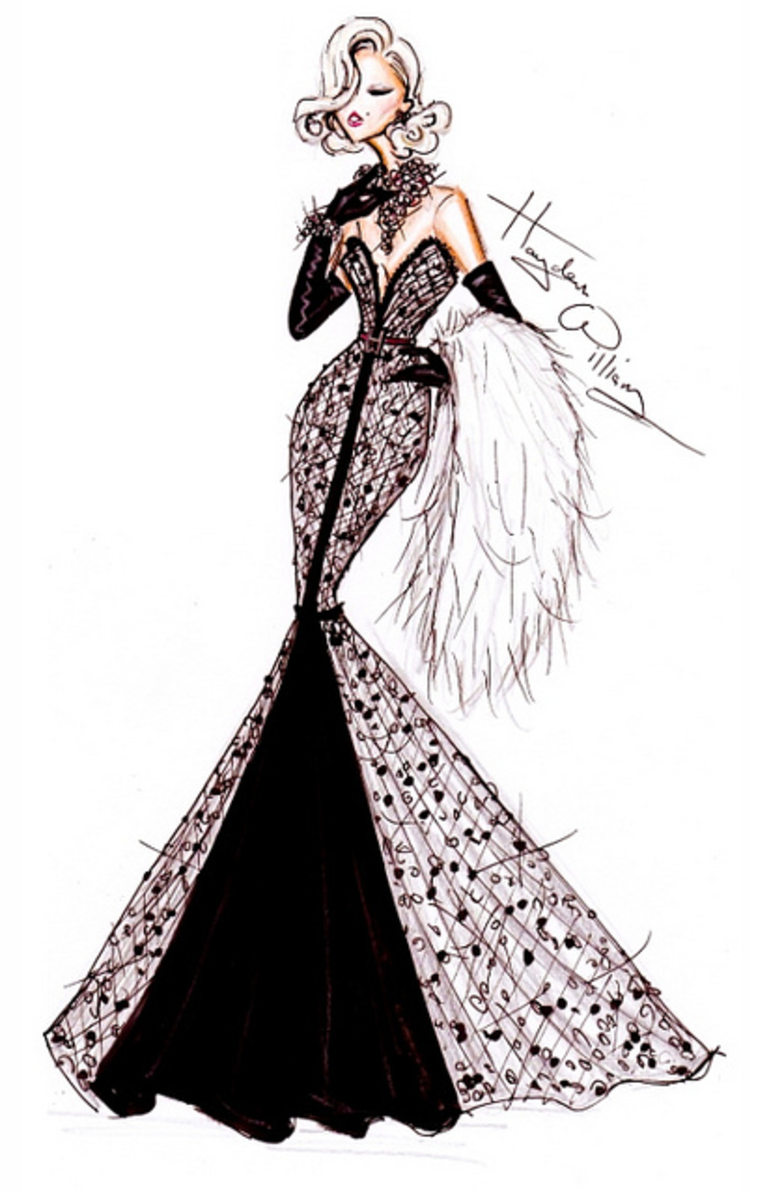
For fashion designers working with clients, fashion sketches are essential tools for presentations and approvals. By presenting well-executed sketches, designers can effectively communicate their ideas to potential buyers or clients. These sketches provide a glimpse into the designer's creative vision, allowing clients to visualize the final product and make informed decisions.
4. Pattern Making and Production

Fashion sketches serve as a guide for pattern makers and manufacturers. These sketches provide crucial details such as seamlines, darts, and construction techniques, ensuring that the garments are accurately produced. By referring to the sketches, pattern makers can create precise patterns, while manufacturers can understand the overall design and construction requirements.
The Process of Fashion Sketching

The process of fashion sketching involves several key steps that help designers transform their ideas into visual representations. Here is a breakdown of the typical fashion sketching process:
1. Gathering Inspiration

Before starting the sketching process, designers gather inspiration from various sources such as fashion magazines, runway shows, art, nature, or even personal experiences. This inspiration helps them develop a unique concept or theme for their designs.
2. Croquis Creation
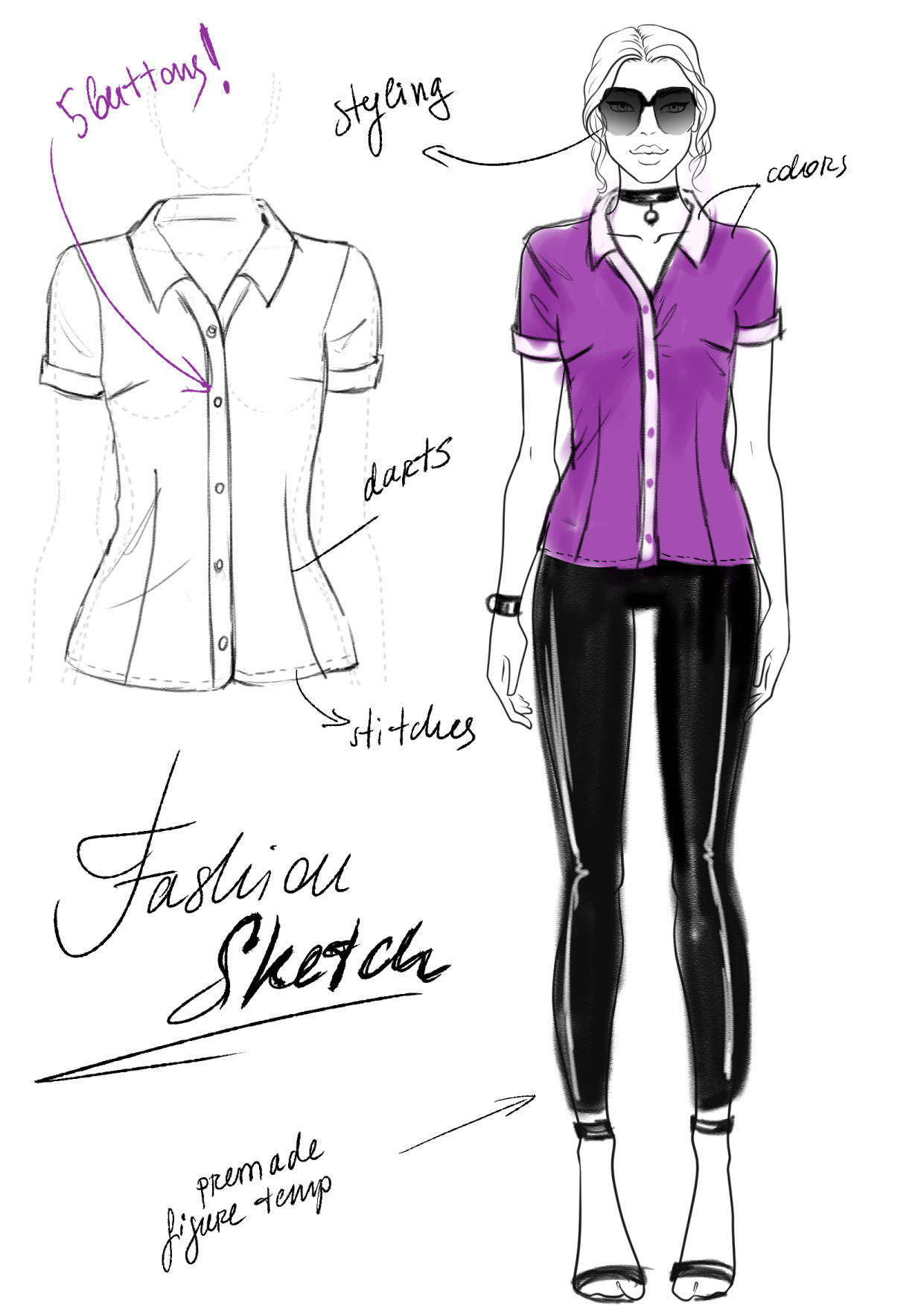
Croquis refers to the initial outline or template on which designers draw their designs. It typically features a simplified figure with elongated proportions, allowing designers to focus on the clothing rather than intricate details. Designers can either use pre-made croquis templates or create their own.
3. Silhouette and Proportions
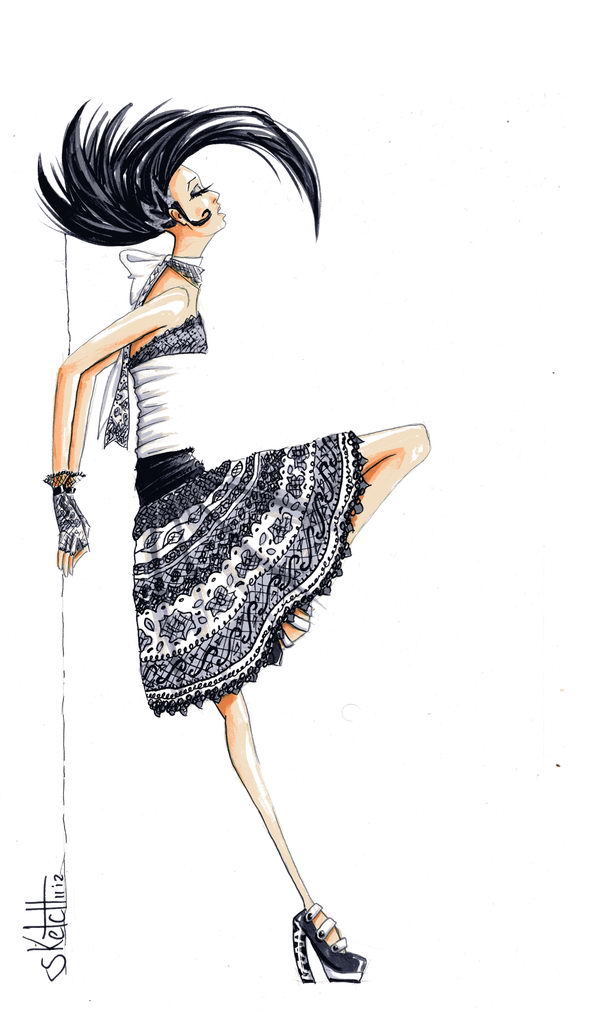
Once the croquis is ready, designers start sketching the overall silhouette of the garment. They consider factors such as the desired fit, length, and shape. Proportions are crucial in fashion sketching, as they ensure that the final garment looks balanced and flattering.
4. Adding Details
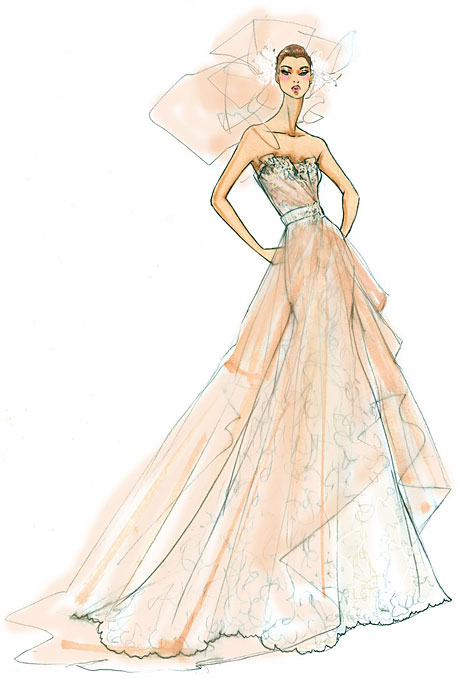
After establishing the basic shape, designers begin adding details to the sketch. These details may include design elements like ruffles, pleats, buttons, or embroidery. This stage allows designers to experiment and refine the design, making it more visually appealing.
5. Rendering and Visual Effects

Rendering refers to the process of adding color, texture, and shading to the fashion sketch. Designers can use various mediums such as markers, colored pencils, or digital software to create realistic and visually striking representations of their designs. Visual effects like draping or movement can also be portrayed through shading techniques.
6. Annotation and Technical Details

In this stage, designers add annotations and technical details to the sketch. These details may include fabric swatches, stitch details, or construction notes. These annotations provide additional information for pattern makers and manufacturers, ensuring accurate reproduction of the design.
The Evolution of Fashion Sketches
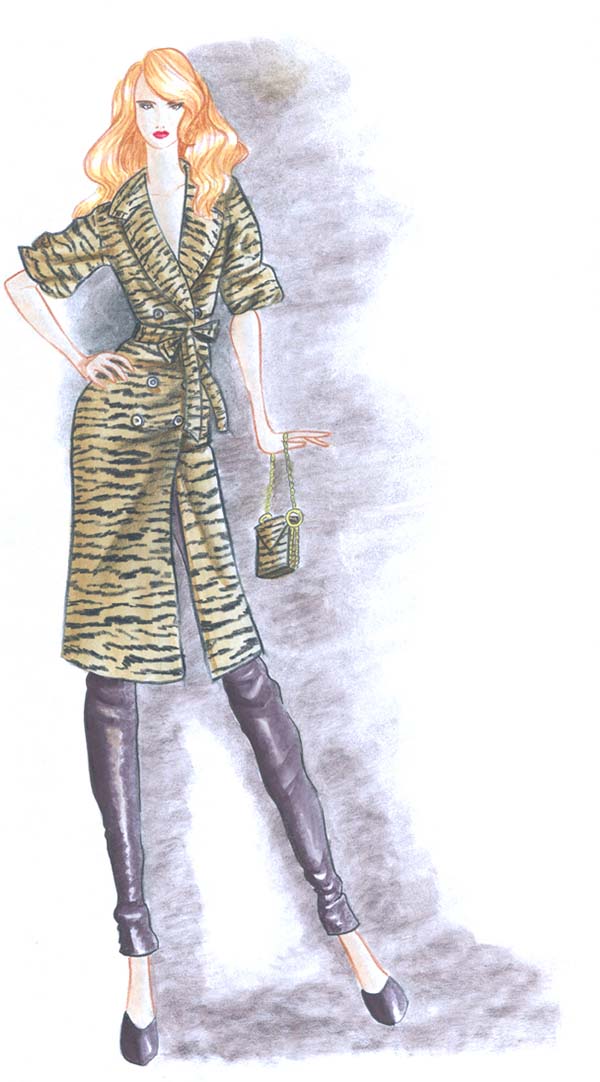
Over the years, fashion sketches have evolved from traditional pen-and-paper drawings to digital renderings. With the advent of technology, designers now have access to various software and tools that streamline the sketching process. Digital sketching allows for easy editing, color experimentation, and quick sharing of sketches with clients and collaborators.
Conclusion
Fashion sketching is an integral part of the fashion design process. It helps designers bring their ideas to life, communicate effectively, and streamline the production process. Whether through traditional or digital mediums, fashion sketches enable designers to transform their concepts into tangible designs. By understanding the value of fashion sketching, designers can enhance their creative process and produce stunning garments that captivate the world of fashion.